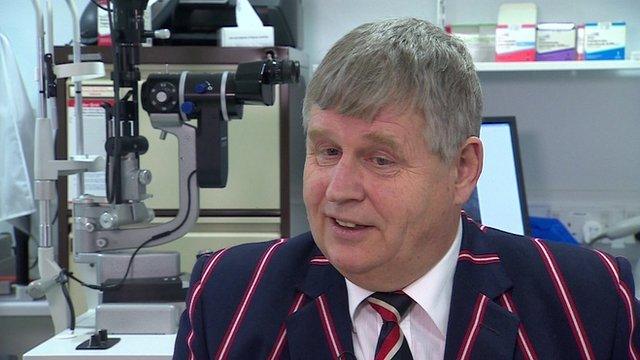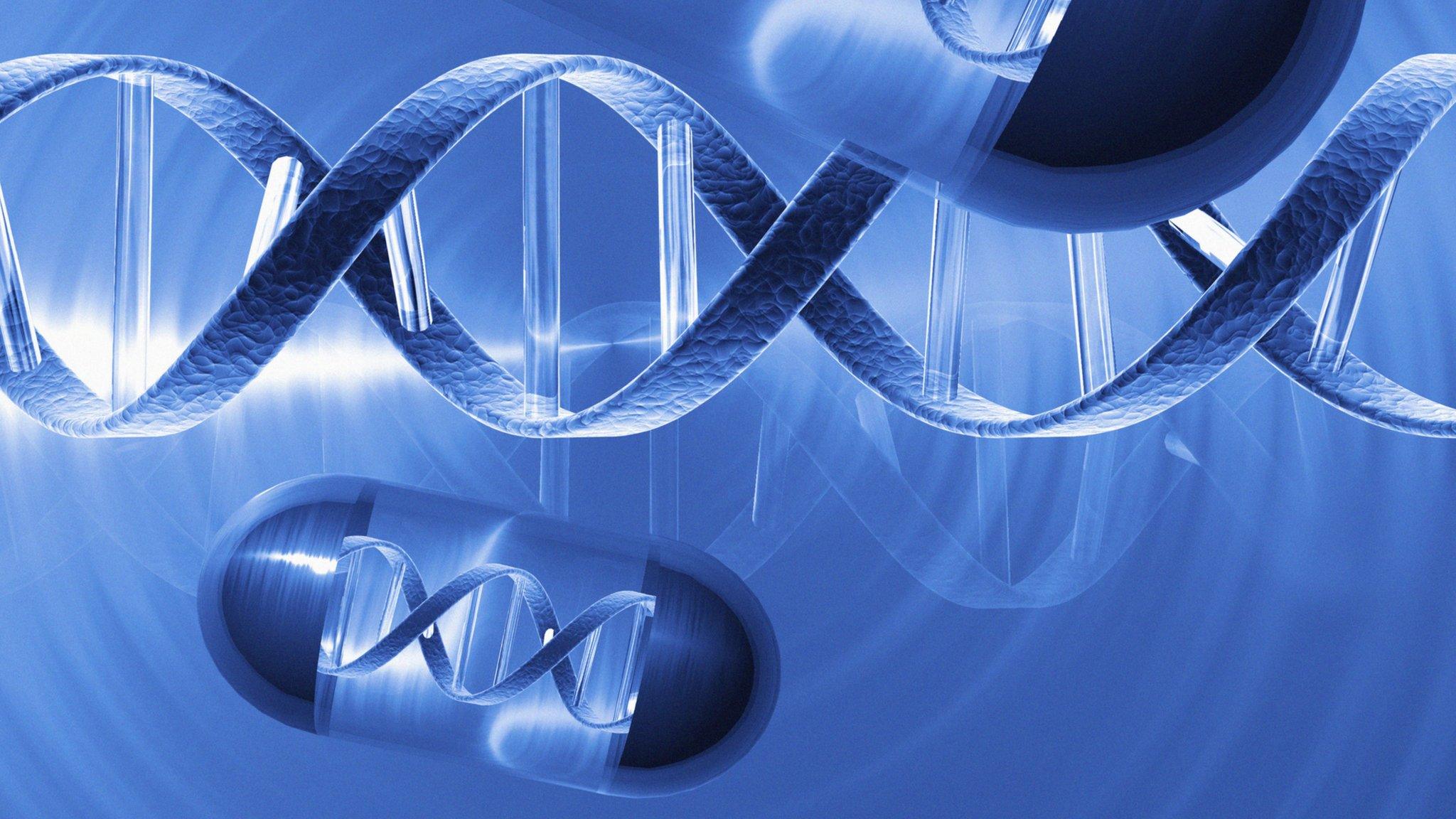Gene therapy effective to treat 'bubble boy' syndrome
- Published

Children could now live a life outside of isolation, scientists said
An advance in gene therapy may provide safe treatment to children with a fatal genetic disorder that leads to no functioning immune system.
The majority of children with X-linked severe combined immunodeficiency, or X-SCID, die before the age of one and must live in a "bubble" for protection.
During a clinical trial, nine baby boys were given healthy versions of the faulty gene that codes for the disease.
Eight of the boys were still alive up to 43 months after the treatment.
They have now been able to live a life outside an isolated, sterile room, or a "virtual bubble" of constant medication to try to prevent infections.
The disease affects about one in 250,000 children in the UK.
Scientists in the US, Britain and France led the clinical trial, which built upon an earlier study where a gene was transferred into children with X-SCID.
Safer therapy?
It used a virus to the transfer the gene, but it also activated other genes that led to leukaemia in five out of the 20 patients.
Scientists changed the virus so it did not switch on neighbouring genes in the patient.
The boys, who were all less than 12 months old, had their their bone marrow extracted, and the virus carrying the healthy gene was transferred.
One boy had died due to a serious infection at the time the gene therapy began, said the study, external.
And eight out of the nine boys were still alive, a median average of 33 months - from 16 to 43 - after the operation.
The therapy did not cause leukaemia although scientists warn they had not "completely eliminated" the long-term risk of the cancer.
'More gentle procedure'
Prof Adrian Thrasher, at the Great Ormond Street Hospital, was a lead author of the study.
He said the treatment was a "much more gentle procedure" than existing options, which involve transplanting bone marrow from compatible donors, which can be hard to find.
The survival rate was on average, 85% to 90% - but if children had an infection at the time of the transplant, this fell to 50%, the paper said.
Transplants also require chemotherapy to help the patient's body accept the changes, which has unpleasant side-effects.
Further diseases
"If the patient is sick, we might keep them in [hospital] until the infection has cleared - so for possibly one, two or three months. But if the patient is healthy, they could be out in a few days," said Prof Thrasher.
He said he was "happy" about the results - and that the treatment could become routine on the NHS.
The treatment could have implications for a range of other diseases, such as inherited blood disorders, sickle cell anaemia and thalassaemia, and metabolic syndromes, he added.
Prof Len Seymour, at the University of Oxford, said: "This project had some of the best leaders in the field - it was a pan-world effort."
He said if treatment meant not having to have chemotherapy, it was a "big step".
- Published16 January 2014

- Published11 July 2013

- Published1 October 2010